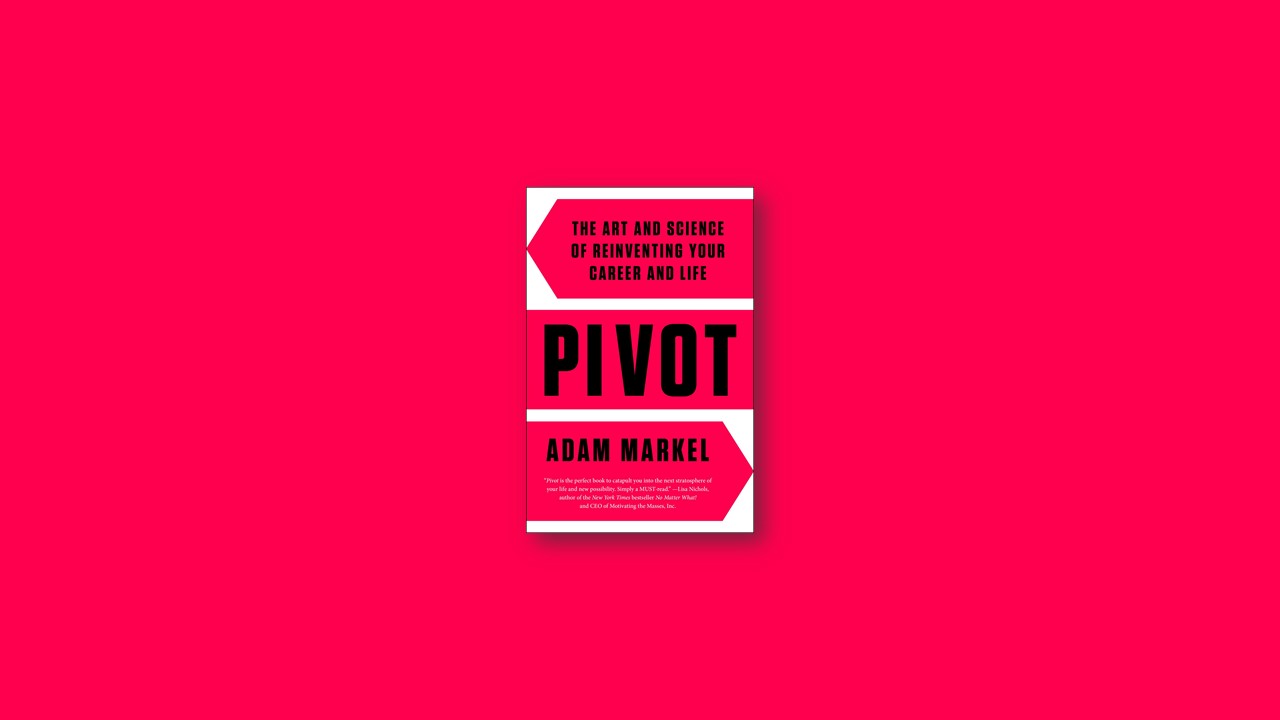Un-believe
Knowing that beliefs create your reality gives you a whole new starting point for beginning to pivot, and that is to stop believing things that don’t serve your reinvention. Our first step in that process is to drag those limiting beliefs—the pain-inducing, life-limiting myths you might believe—out into the light and expose them for what they are.
For example, right now you may think:
Entrepreneurs are extroverted. I have my mother’s hips. Once you’re past fifty, it’s too late to start again.
These are all beliefs. They’re things that many people choose to accept as fact, but guess what? They aren’t facts. Lots of entrepreneurs are introverts. There’s a mountain of evidence that your genes are not your destiny. And plenty of people reinvent themselves after age fifty.
But, true or not, beliefs can become self-fulfilling prophecies. And that means that everything that is part of your life is there because a belief has supported its existence.
But beliefs aren’t facts. They’re a choice. You get to pick the ones you want. Why choose ones that don’t serve you?
For the six myths that follow, consider how each might be affecting you. You don’t need to “fix” them. You can begin by realizing that beliefs are nothing more than conditioned thoughts you have received through the influential people and experiences in your life.
Myth No. 1: Pivoting is for other people.
Let go of the idea that living the life you want is for someone else. Someone richer, smarter, more talented, or luckier. It’s nonsense. Pivoting isn’t a privilege, a genetic windfall, or a birthright.
Pivoting is a choice.
You don’t have to be special to pivot. You become special when you decide to.
Myth No. 2: It’s too risky.
You have a chance for a different life. You can have a “second act” in life. Hell, you can have a third, fourth, or fifth act! Have as many as you want.
Have as many as you need. Because that’s the truth about pivoting. You don’t just want to. You don’t just get to. You need to. Because what’s the alternative? Staring into the abyss between you and what you once dreamed you could be? The bitter taste of regret? It’s just not an option.
Do you have any idea what’s at risk?
The real risk of change isn’t that you might try and fail. It’s that you might not try and you’ll regret it.
Myth No. 3: You have to burn the ships.
The burn-the-boats fallacy might be the most devastating myth because it’s the one that keeps the most people trapped. Are you convinced that you have to quit your secure job to pivot? Spend your life savings? Abandon your friends or family? If you believe those things, pivoting seems impossible. How can you allow yourself to think clearly about changing your life if you feel that you have to risk everything? The answer is that you can’t. As long as you believe that pivoting requires taking extraordinary risks, you’ll never take action.
Pivoting is not an extreme sport. It’s a step-by-step, realistic way to change your life.
Myth No. 4: What I want is unreasonable.
If you’re unhappy with your job, your relationships, your health, or your finances, you’re not only not alone, you’re part of the herd. You’re packed into a crowd bigger than a thousand Super Bowls.
Because most people aren’t content. That’s the real state of the union.
But that’s not the problem. It’s sad that most people are unfulfilled. But that pales in comparison to the tragedy that you are unfulfilled and you think that it’s somehow okay. That it’s unreasonable for you to want more than you have.
That is not reasonable. Not at all.
s not wanting change that is unreasonable. It’s tolerating unnecessary misery.
Myth No. 5: Everything I’ve done so far will be wasted.
There’s a name for our tendency to worry about how much we’ve invested in something: the sunk-cost fallacy. Whether it’s a job, a home renovation, or a business investment, we hate the thought of walking away from something we’ve put time, money, or effort into, so we keep investing in those things, even when it no longer makes sense.
But the sunk-cost fallacy is just that—a fallacy. It’s an irrational argument. Only, in this case, your focus on the past isn’t just causing you to spend more on that bathroom renovation than you should, it’s keeping you stuck in the life you have.
The past is never wasted. Pivoting is about making sure you don’t waste your future.
Myth No. 6: I have to wait for . . .
Oh, I know why you’re waiting. You want change to be clear, easy, and risk-free. Unfortunately, change often isn’t any of these. But it can be easier than you think. The risk can be low. The steps can be small. The price can be affordable. But it can’t wait.
Do you have to pack it all in and fly to Italy tomorrow? Of course not. Pivoting is a process. And you get to control that process. You don’t have to quit your job or fly to Italy tomorrow. You can pivot in the smallest baby steps, over whatever time period you want.
But you cannot—must not—wait.
Waiting to change is the same as not changing at all.
Enter the Pivot Phone Booth
Most people are programmed as children to believe the following: You do certain things in life in order to have certain things to then be someone whom others would respect as a result.
For example, you do well in school to get a good job to be able to have certain things in life (own a home, drive a nice car, and so on) to eventually be someone (a respected member of the community). Here’s the way that scenario looks:
DO → HAVE → BE
It’s a very effective formula—if you want to spend the rest of your life struggling.
The do-have-be formula is what sets most people on the wrong road in life at an early age and why many never find their true purpose. It’s a false promise, conditioned into us from a young age by people who don’t understand its flaws.
When we move identity—the “be” in the equation—to the front of the line, we get this:
BE → DO → HAVE
That is the success equation, and to make the equation work we need to focus first on who it is we want to become.
Focus first on who you want to become, not what you want to have.
Step 1: Uncover Your True Identity
Your true identity is a signpost to your purpose.
Step 2: Uncover Your Current Identity Limitations
Your identity can work for you or against you; it’s your job to know the difference.
Step 3: Surrender to Your True Self
Change requires that you surrender to whom you need to become.
A Bigger Domino: An Introduction to Momentum
LIKE MOST people, you’ve probably had a chance to knock over a few dominoes in your time. A standard domino is a little under two inches high, and if you stand up a series of them in a line and give the first one the gentlest of nudges, you can knock over the entire line.
What’s remarkable is how that single tiny nudge can topple a long line of dominoes. In fact, the world record is almost 4.5 million dominoes. And there are other records—the number of books toppled “domino-style,” the most dominoes toppled underwater, the most dominoes toppled in a spiral, even the most people toppled domino-style.
This simple, game-inspired idea—that you can take one action, which leads to another action, and another, and so on—captures the best pivots perfectly.
Almost.
Because although a chain of millions of dominoes falling over because of one small action is pretty damn impressive, it in no way does justice to the true power of what happens when you set things into motion and begin to pivot. To say
As with dominoes, each step builds a growing energy in your pivot. You’ll learn more about both your pivot and yourself. You’ll become more confident. More inspired. You’ll gain more clarity, more certainty.
And you’ll begin to take action.
The principles are:
- Baby steps. Breaking your pivot down into small increments that are less daunting and more doable.
- Ritual. Creating the space, routine, and habits that foster successful pivoting.
- Pivot people. Finding, managing, and working with mentors, stakeholders, and peers.
- Resilience. Facing adversity and using setbacks as a way to move forward.
- Growth. Investing in yourself to create the ultimate pivot advantage.
Remember that you can’t always see the top of a staircase from the bottom step. Sometimes you need to take a step forward to see where you need to go next. Sometimes, in other words, clarity comes from action.
Let’s get started.


